
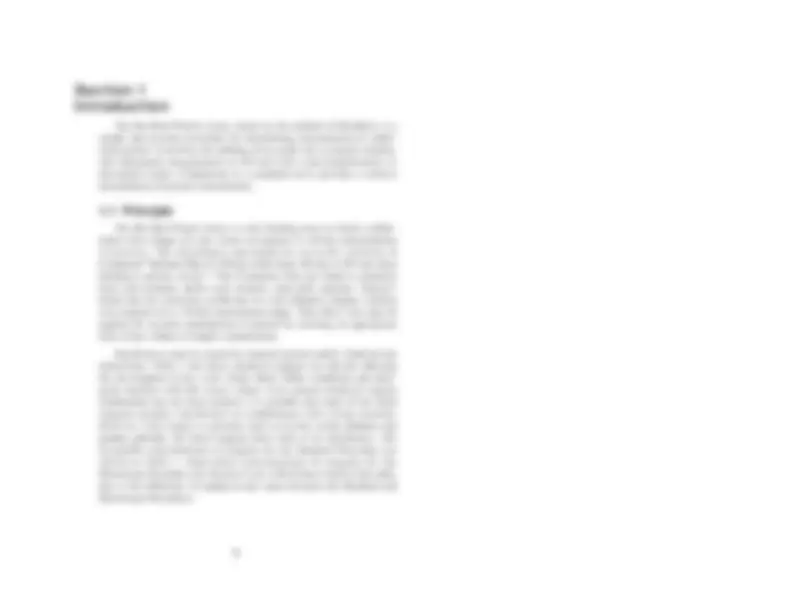
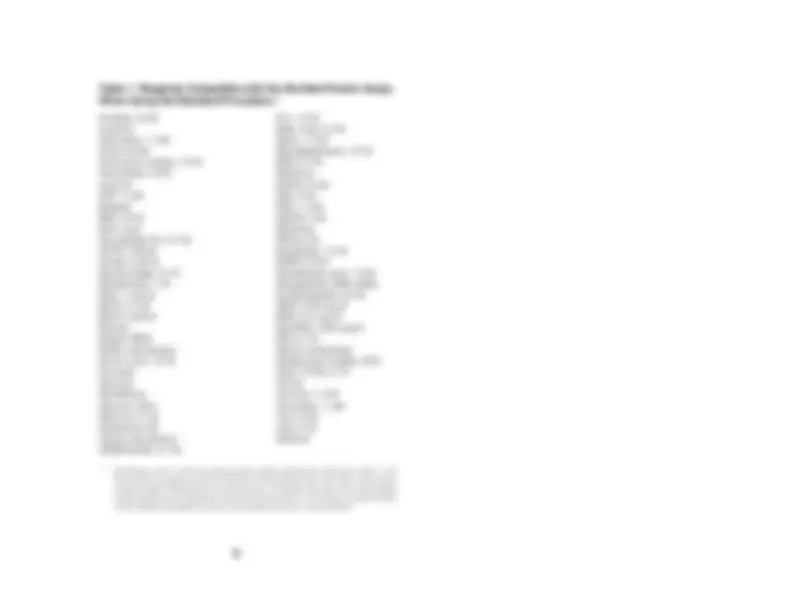
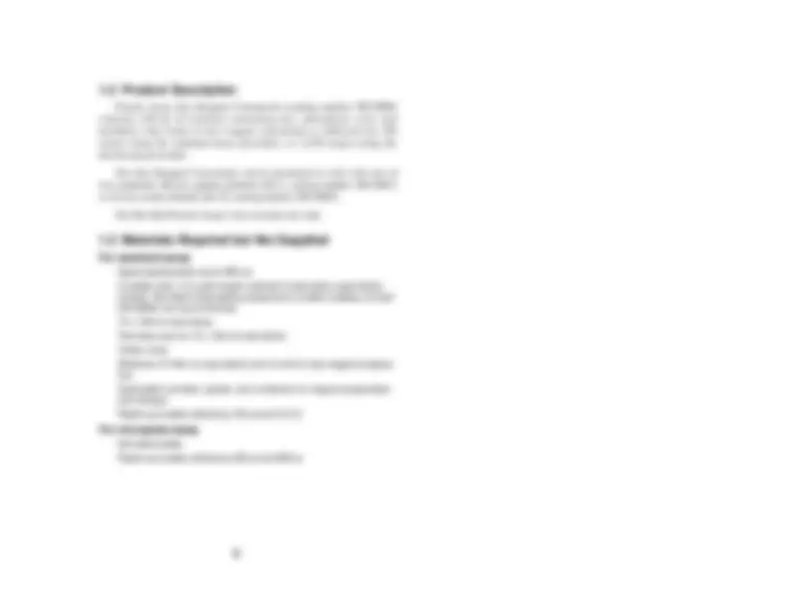
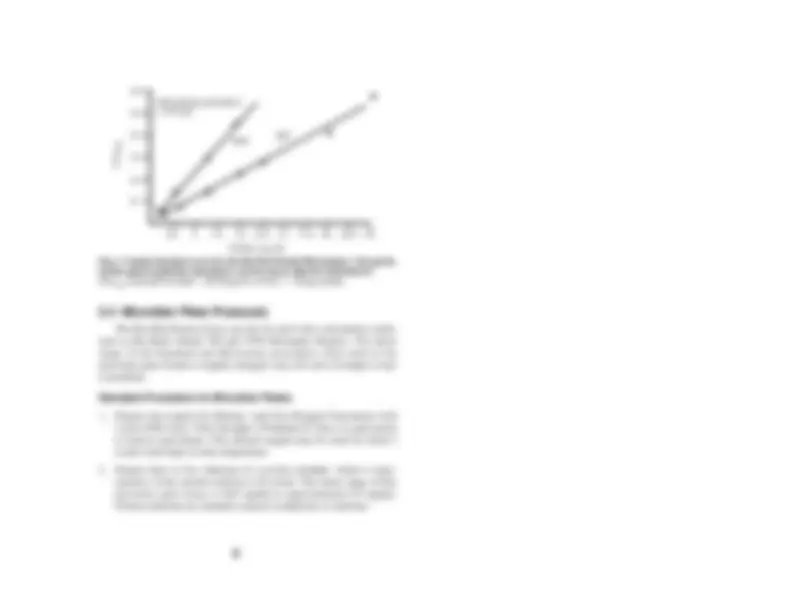
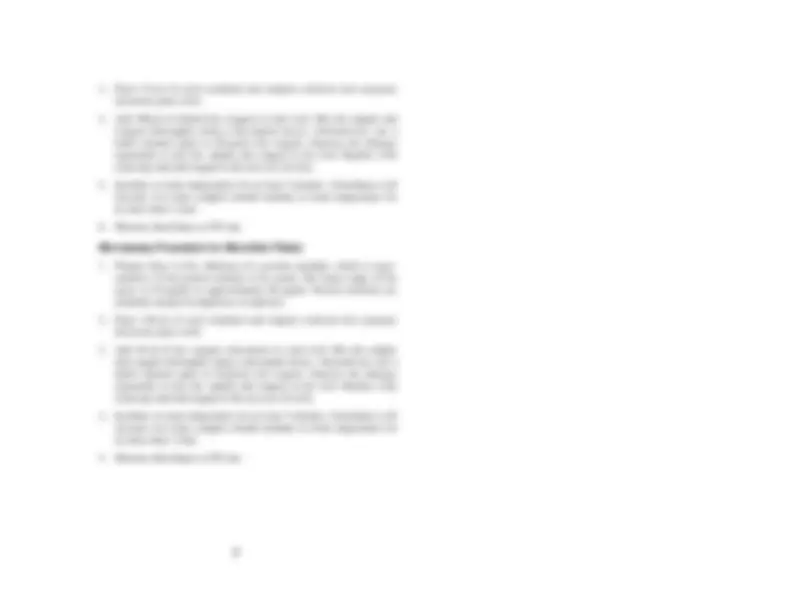
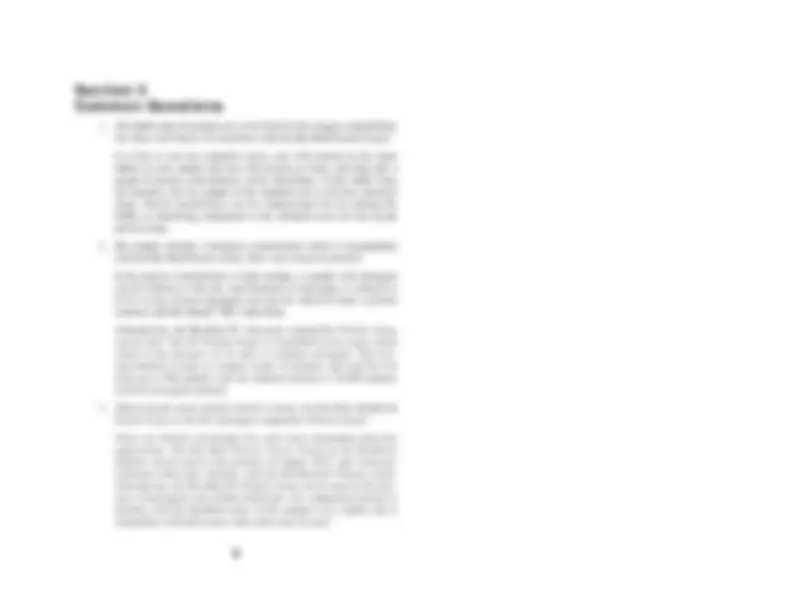
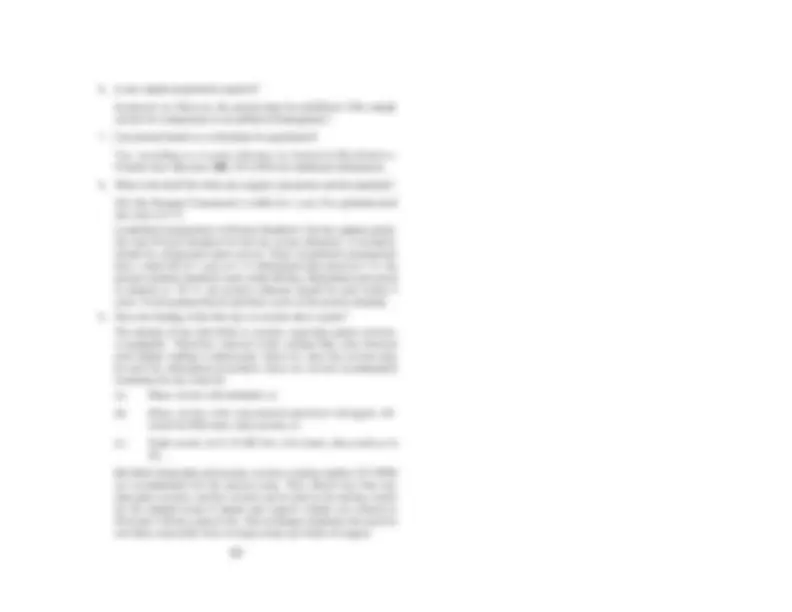
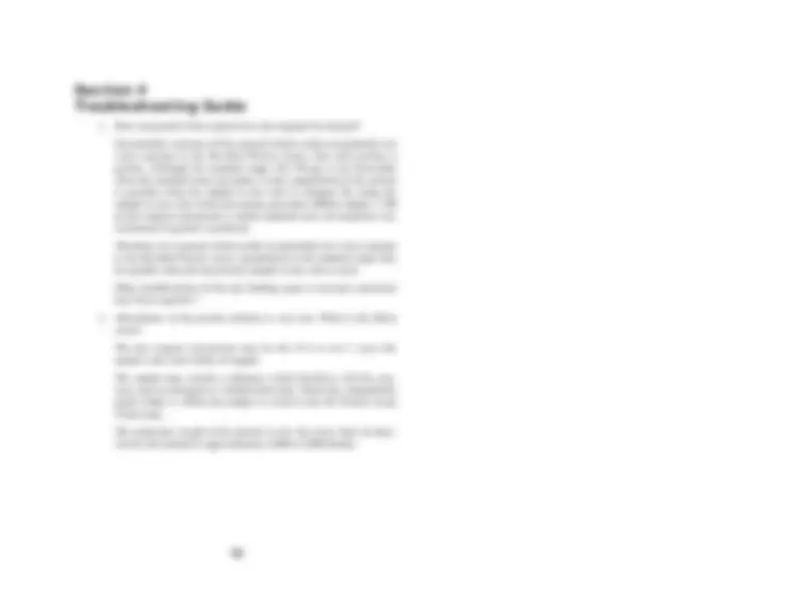
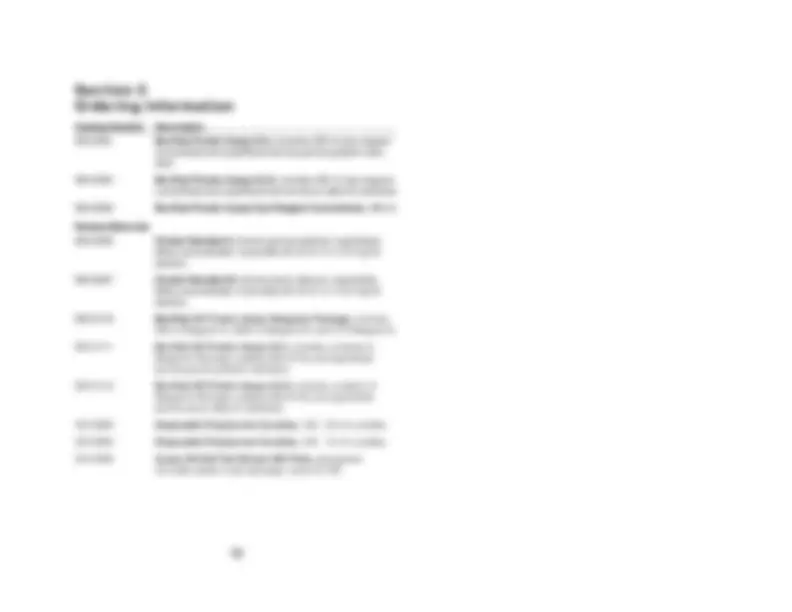
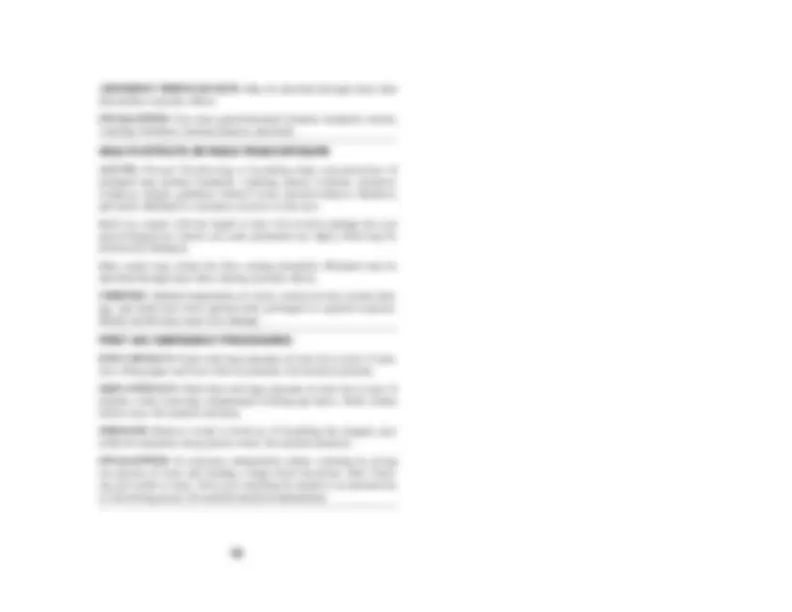
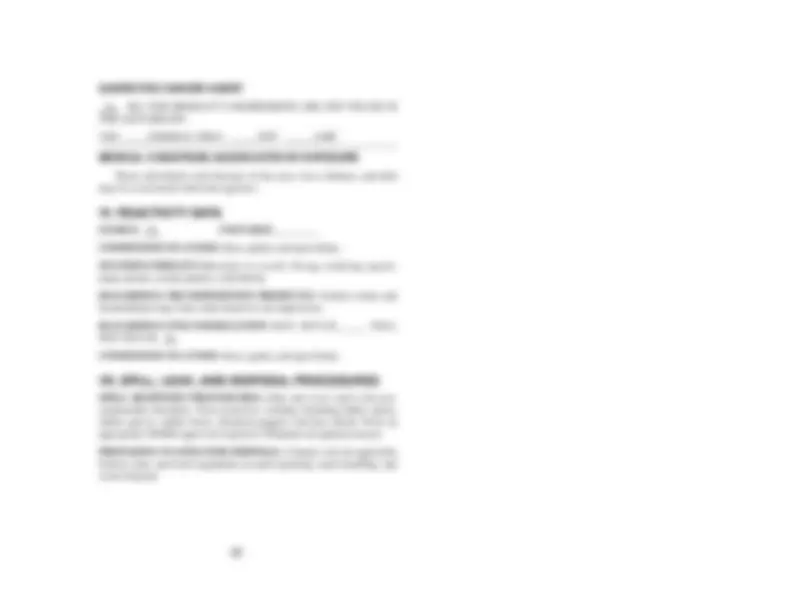
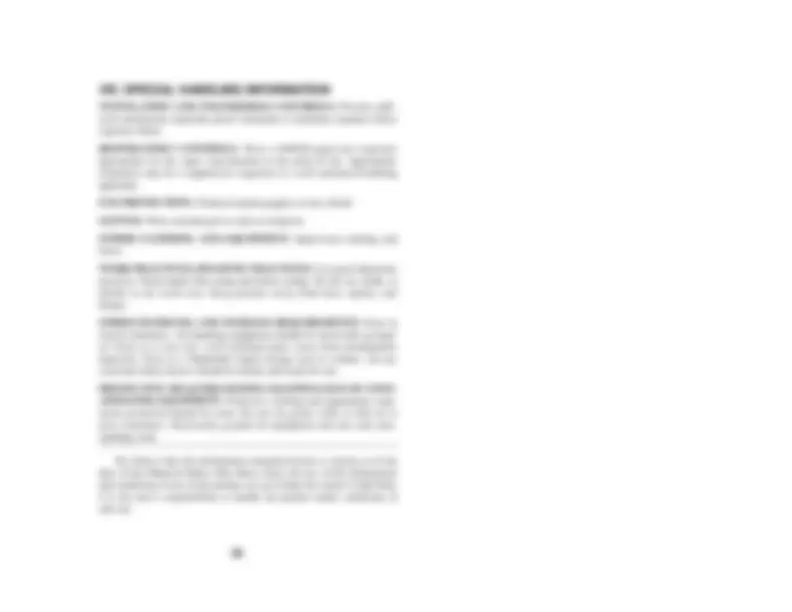
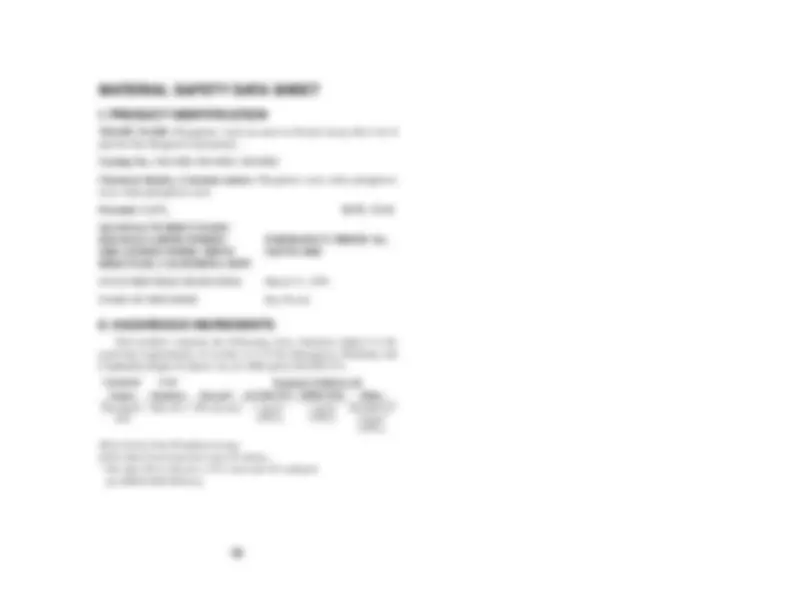
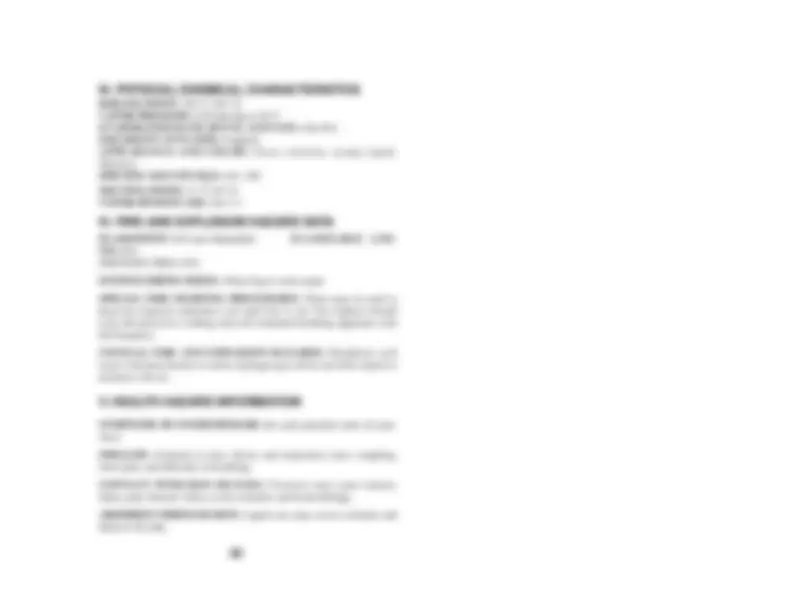
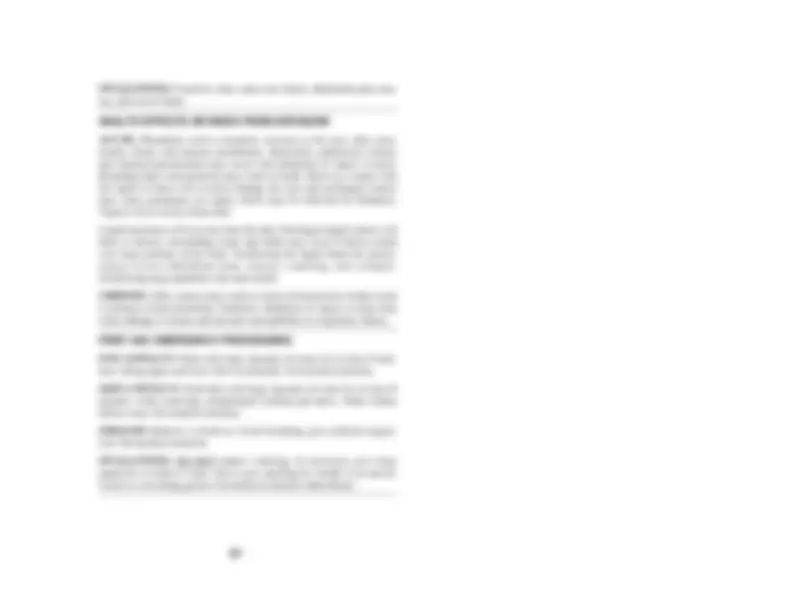
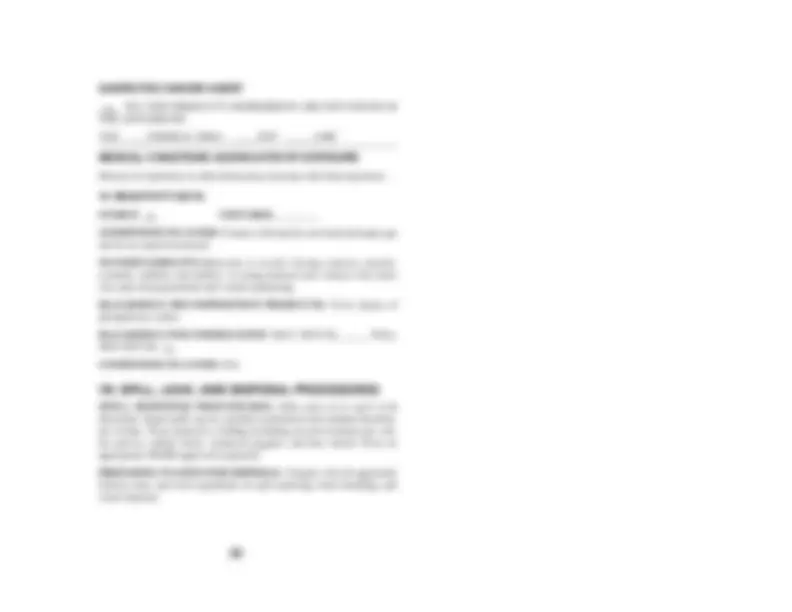
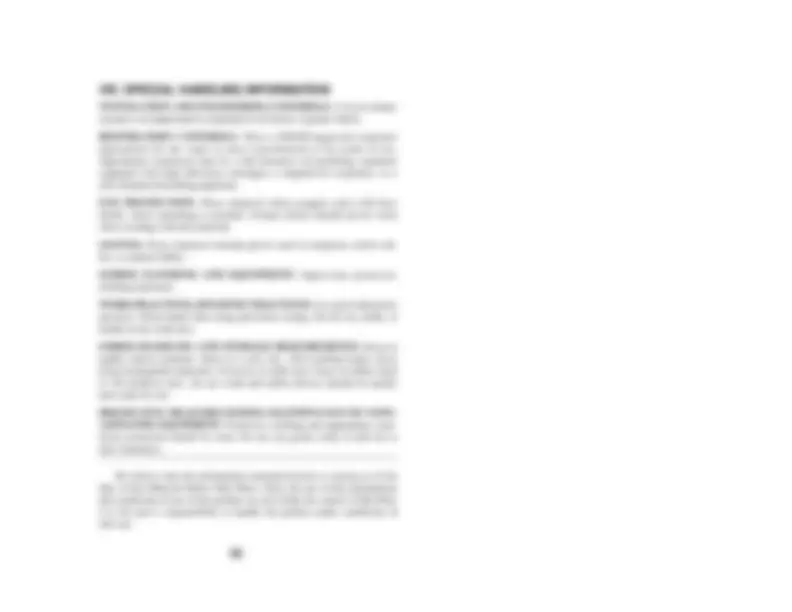
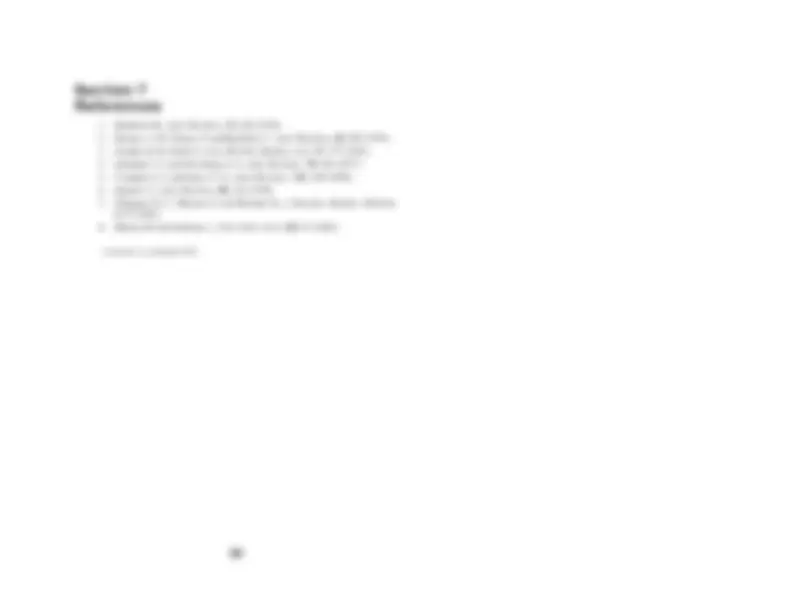
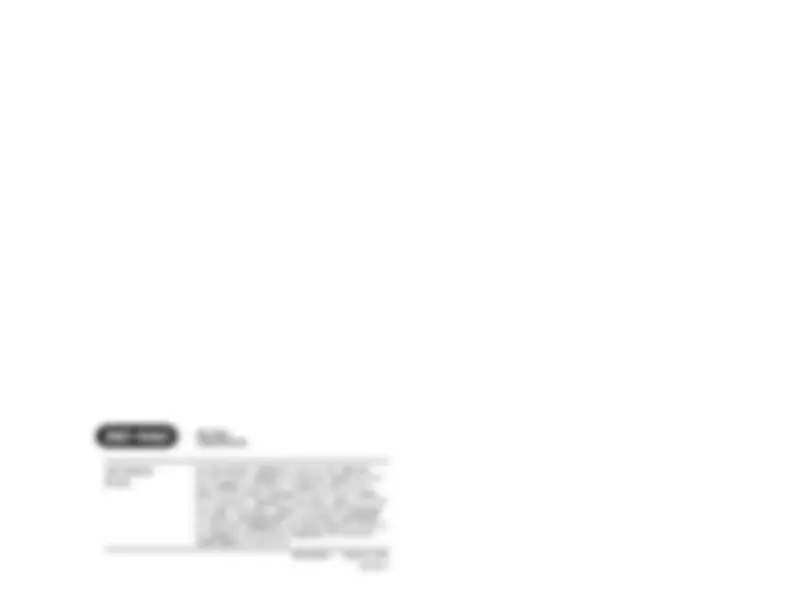


Study with the several resources on Docsity

Earn points by helping other students or get them with a premium plan


Prepare for your exams
Study with the several resources on Docsity

Earn points to download
Earn points by helping other students or get them with a premium plan
Community
Ask the community for help and clear up your study doubts
Discover the best universities in your country according to Docsity users
Free resources
Download our free guides on studying techniques, anxiety management strategies, and thesis advice from Docsity tutors
Material Type: Exam; Class: Macromolecular Methods; Subject: Chemistry; University: University of San Diego; Term: Unknown 1989;
Typology: Exams
1 / 27

This page cannot be seen from the preview
Don't miss anything!




















For Technical Service
in the U.S. CallCall Your Local Bio-Rad Office or
Principle .....................................................................................
Product Description....................................................................
Materials Required but Not Supplied.........................................
Reconstituting the Standard .......................................................
Standard Procedure ....................................................................
Microassay Procedure ................................................................
Microtiter Plate Protocols ..........................................................
Acetate, 0.6 M When Using the Standard Procedure.Table 1. Reagents Compatible with the Bio-Rad Protein Assay*
KCI, 1.0 M
Acetone
Malic acid, 0.2 M
Adenosine, 1 mM
MgCl (^2) , 1.0 M
Amino Acids
Mercaptoethanol, 1.0 M
Ammonium sulfate, 1.0 M
MES, 0.7 M
Ampholytes, 0.5%
Methanol
Acid pH
MOPS, 0.2 M
ATP, 1 mM
NaCl, 5 M
Barbital
NAD, 1 mM
BES, 2.5 M
NaSCN, 3 M
Boric acid
Peptones
Cacodylate-Tris, 0.1 M
Phenol, 5%
CDTA, 0.05 M
Phosphate, 1.0 M
Citrate, 0.05 M
PIPES, 0.5 M
Deoxycholate, 0.1%
Polyadenylic acid, 1 mM
Dithiothreitol, 1 M
Polypeptides (MW<3000)
DNA, 1 mg/ml
Pyrophosphate, 0.2 M
EDTA, 0.1 M
rRNA, 0.25 mg/ml
EGTA, 0.05 M
tRNA, 0.4 mg/ml
Ethanol
total RNA, 0.30 mg/ml
Eagle’s MEM
SDS, 0.1%
Earle’s salt solution
Sodium phosphate
Formic acid, 1.0 M
Streptomycin sulfate, 20%
Fructose
Triton X-100, 0.1%
Glucose
Tricine
Glutathione
Tyrosine, 1 mM
Glycerol, 99%
Thymidine, 1 mM
Glycine, 0.1 M
Tris, 2.0 M
Guanidine-HCI
Urea, 6 M
Hank's salt solution
Vitamins
1.2 Product Description Protein Assay Dye Reagent Concentrate (catalog number 500-0006)
microassay procedure.assays using the standard assay procedure, or 2,250 assays using themethanol. One bottle of dye reagent concentrate is sufficient for 450contains 450 ml of solution containing dye, phosphoric acid, and The Dye Reagent Concentrate can be purchased in a kit with one of
or bovine serum albumin (Kit II, catalog number 500-0002).two standards: Bovine gamma globulin (Kit I, catalog number 500-0001) The Bio-Rad Protein Assay is for research use only.
For standard assay 1.3 Materials Required but Not Supplied Pipets accurately delivering 100 μl and 5.0 mland storageGraduated cylinders, pipets, and containers for reagent preparationtionWhatman #1 filter (or equivalent) and funnel for dye reagent prepara-Vortex mixerTest tube rack for 13 x 100 mm test tubes13 x 100 mm test tubes223-9950) are recommendedtometer. Bio-Rad’s disposable polystyrene cuvettes (catalog numberCuvettes with 1 cm path length matched to laboratory spectropho- Spectrophotometer set to 595 nm
For microplate assay Pipets accurately delivering 200 μl and 800 μl Microtiter plates
globulin (standard I), bovine serum albumin (standard II).Fig. 1. Typical standard curve for the Bio-Rad Protein Assay, bovine gamma
(^) O.D. 595 (^) corrected for
blank - 200-1,
(^) μ g/ml x 0.1 ml = 20-
(^) μ g protein.
cate.test tube. Protein solutions are normally assayed in duplicate or tripli-Pipet 800 μl of each standard and sample solution into a clean, dry
Add 200 μl of dye reagent concentrate to each tube and vortex.
no more than 1 hour.increase over time; samples should incubate at room temperature forIncubate at room temperature for at least 5 minutes. Absorbance will
Measure absorbance at 595 nm.
(20-140 Standard procedure
(^) μg)
Protein (mg/ml)
BSA
IgG
O.D. (^595)
0.2 0.4 0.
0.8 1.
O.D. bovine gamma globulin (standard I), bovine serum albumin (standard II).Fig. 2. Typical standard curve for the Bio-Rad Protein Microassay (1-20 μg/ml), 595 (^) corrected for blank. 1.25-
(^) μ g/ml x 0.8 ml = 1-
(^) μ g protein.
2.4 Microtiter Plate Protocols The Bio-Rad Protein Assay can also be used with a microplate reader,
Protein solutions are normally assayed in duplicate or triplicate.microtiter plate assay is 0.05 mg/ml to approximately 0.5 mg/ml.sentative of the protein solution to be tested. The linear range of thisPrepare three to five dilutions of a protein standard, which is repre-
(1-20 Microassay procedure (^) μg)
Protein (
μg,ml)
BSA
IgG
O.D. (^595)
(^5)
10
15
20
25
0.1 0.2 0.3 0.4 0.5 0.
Common Questions Section 3
protein assay.buffer or interfering component to the standard curve for the actualslope. Partial interference can be compensated for by adding thenot interfere, the two graphs of the standard curve will have identicalgraph of protein concentration versus absorbance. If the buffer doesbuffer as your sample and one with protein in water, and then plot aIt is best to run two standard curves, one with protein in the samelist. How will I know if it interferes with the Bio-Rad Protein Assay?The buffer that I normally use is not listed in the reagent compatibility
solution with Bio-Beads0.1% or less. Excess detergent can also be removed from a proteincan be diluted so that the concentration of detergent is reduced toIf the protein concentration is high enough, a sample with detergentwith the Bio-Rad Protein Assay. How can I assay for protein?My sample contains a detergent concentration which is incompatible
® SM-2 adsorbent.
Alternatively, the Bio-Rad
(^) (detergent compatible) Protein Assay
can be used. The
(^) Protein Assay is a modified Lowry assay which
with the microplate method.assay up to 500 samples with the standard method, or 10,000 samplesstep method is ready to evaluate in just 15 minutes, and each kit willworks in the presence of 1% ionic or nonionic detergent. This two-
Protein Assay or theWhich protein assay method should I choose, the Bio-Rad (Bradford)
(^) (detergent compatible) Protein Assay?
toethanol which may interfere with the Bio-Radmethod, can be used in the presence of sugars, DTT, and 2-mercap-application. The Bio-Rad Protein Assay, based on the BradfordThere are distinct advantages for each assay depending upon the
(^) Protein Assay.
Alternatively, the Bio-Rad
(^) Protein Assay can be used in the pres-
compatible with both assays, then either may be used.interfere with the Bradford assay. If the sample is in a buffer that isence of detergents and sodium hydroxide, two components known to
absolute reference protein, one must select another protein as apreparation of the protein being assayed. In the absence of such anIn any protein assay, the best protein to use as a standard is a purifieduse to generate the standard curve?My sample is a mixture of proteins. Which protein standard should I
(^) rela-
tive (^) standard. The best relative standard to use is one which has simi-
relative Any purified protein can be selected as a reference standard if onlyprotein(s) being assayed.lar properties to, and which gives a color yield similar to that of, the
(^) protein values are desired. Bio-Rad offers two standards,
bovine serum albumin (Standard II, catalog number 500-0007).Bovine gamma globulin (Standard I, catalog number 500-0005) and
response to different proteins, but the averages were comparable.the Biuret method. All three assays display considerable variation inand Bio-Rad Protein Assays, with bovine serum albumin was used forProtein Standard I (bovine gamma globulin) was used for the Lowry10 mg/ml solutions of commercially available proteins. Bio-Radresults are tabulated from dilutions made to gravimetrically preparedtein assay methods, the Biuret and the Lowry. In the table below,The Bio-Rad Protein Assay compares favorably with two other pro-How does the Bio-Rad Protein Assay compare to other assay methods?
can not be a suspension or an unfiltered homogenate.)In general, no. However, the protein must be solubilized. (The sampleIs any sample preparation required?
Yes, according to a recent reference inCan protein bound to a solid phase be quantitated?
(^) Analytical Biochemistry
Consult
(^) Anal. Biochem.
, 195 (1992) for additional information.
years. Avoid repeated freeze and thaw cycles of the protein standard.in aliquots at -20 ˚C, the protein solutions should be used within 5protein solutions should be used within 60 days. Rehydrated and storedhave a shelf life of 1 year at 4 ˚C. Rehydrated and stored at 4 ˚C, theshould be refrigerated upon arrival. These lyophilized preparationslin) and Protein Standard II (bovine serum albumin), if included,Lyophilized preparations of Protein Standard I (bovine gamma globu-life, store at 4 ˚C.The Dye Reagent Concentrate is stable for 1 year. For optimum shelfWhat is the shelf life of the dye reagent concentrate and the standards?
is negligible.The amount of dye that binds to cuvettes, especially quartz cuvettes,Does the binding of the blue dye to cuvettes skew results?
Therefore, removal of the residual blue color between^1
(a)treatments for dye removal:be used for subsequent procedures, there are several recommendedeach sample reading is unnecessary. However, since the cuvettes may
Rinse cuvette with methanol, or
(b)
lowed by DDI water, then acetone, orRinse cuvette with concentrated glassware detergent, fol-
(c)
(b).Soak cuvette in 0.1 N HCl for a few hours, then wash as in
test tubes, and yields twice as many assays per bottle of reagent.50 μl and 2.50 ml, respectively. This technique eliminates the need forfor the standard assay if sample and reagent volumes are reduced tothan glass cuvettes, and the cuvettes can be used as the mixing vesselsare recommended for the protein assay. They absorb less blue dyeBio-Rad's disposable polystyrene cuvettes (catalog number 223-9950)
Troubleshooting Guide Section 4
have been reported.Other modifications of this dye binding assay to increase sensitivitybe possible when the microassay sample-to-dye ratio is used.to the Bio-Rad Protein Assay, quantitation in the standard range mayTherefore, for a protein which yields exceptionally low color responsecentrations of gelatin is produced.μl dye reagent concentrate) a usable standard curve for moderate con-sample-to-dye ratio of the microassay procedure (800 μl sample + 200is possible when the sample-to-dye ratio is changed. By using thewhen the standard assay procedure is used, quantitation of the proteingelatin. Although the standard range (20-140 μg) is not detectablecolor response to the Bio-Rad Protein Assay. One such protein isOccasionally a protein will be assayed which yields exceptionally lowHow can protein with a typical low dye response be assayed?
7,
guide (Table 1). Dilute the sample or switch to thetion, such as detergent or sodium hydroxide. Check the compatibilityThe sample may contain a substance which interferes with the reac-replace with a new bottle of reagent.The dye reagent concentrate may be old. If it is over 1 year old,cause?Absorbance of the protein solution is very low. What is the likely
(^) Protein Assay
tion for this method is approximately 3,000 to 5,000 daltons.The molecular weight of the protein is low; the lower limit of detec-if necessary.
Safety Information Section 6 TRADE NAME:I. PRODUCT IDENTIFICATION MATERIAL SAFETY DATA SHEET
(^) Methanol (as used in Protein Assay Kits I and II and
Catalog No.: Dye Reagent Concentrate)
Chemical identity, Common names:
(^) Methanol; Methyl alcohol;
Formula: Carbinol; Wood alcohol; Wood naphtha, Methyl hydroxide.
EMERGENCY PHONE No:
March 24, 1994
Roy Wood
II. HAZARDOUS INGREDIENTS This product contains the following toxic chemical subject to the
Community Right-To-Know Act of 1986 and of 40 CFR 372:reporting requirements of section 313 of the Emergency Planning and Chemical
CAS
Exposure Limits in Air
Names
Numbers
Percent*
ACGIH TLV OSHA PEL
Other
Methanol
67-56-
25%
200 ppm
200 ppm
ACGIH TLV
(TWA)
(TWA)
(STEL)250 ppm
[see MSDS #500-0001(b)].* The other 75% of the mix is 25% water and 50% phosphoric acidSTEL = Short Term Exposure Limit (15 minute)TWA = 8-hour Time Weighted AverageLD50:5628 mg/kg oral-rat (RTECS)
BOILING POINT:III. PHYSICAL/CHEMICAL CHARACTERISTICS
(^) 97 mm Hg at 20 ˚C
(^) Complete
(^) Clear liquid, alcohol odor.
FLASH POINT: IV. FIRE AND EXPLOSION HAZARD DATA
(^) 101 ˚F (for a 25% solution)
FLAMMABLE LIMITS: (METHOD USED): Closed Cup
(^) Alcohol foam, carbon dioxide, dry chemi-
SPECIAL FIRE FIGHTING PROCEDURES: cal, or water fog.
(^) Fire fighters should
UNUSUAL FIRE AND EXPLOSION HAZARDS: full facepiece. Use water to keep fire-exposed containers cool.wear full protective clothing and self-contained breathing apparatus with
(^) Vapor is heavier
SYMPTOMS OF OVEREXPOSURE V. HEALTH HAZARD INFORMATION which is invisible in daylight.torch near container (even empty). This material may burn with a flamethan air and may travel along the ground. Never use a welding or cutting
(^) (for each potential route of expo-
INHALED: sure):
(^) Excessive inhalation can cause nasal and respiratory irrita-
CONTACT WITH SKIN OR EYES: asphyxiation.fatigue, nausea, vomiting, headache, possible unconsciousness, andtion, visual disturbance, blurred vision, dizziness, giddiness, weakness,
(^) Can cause irritation, tearing,
blurred vision, drying of skin, and dermatitis.
Those individuals with diseases of the eyes, liver, kidneys, and skin
STABLE VI. REACTIVITY DATA may be at increased risk from exposure.
(^) Heat, sparks, and open flame.
(Materials to avoid): Strong oxidizing agents,
HAZARDOUS DECOMPOSITION PRODUCTS: many metals, certain plastics, chloroform.
(^) Carbon oxides and
HAZARDOUS POLYMERIZATION formaldehyde may form when heated to decomposition.
(^) Heat, sparks, and open flame.
SPILL RESPONSE PROCEDURES: VII. SPILL, LEAK, AND DISPOSAL PROCEDURES
(^) Dike and cover spill with non-
PREPARING WASTES FOR DISPOSAL: appropriate NIOSH-approved respirator. Eliminate all ignition sources.rubber gloves, rubber boots, chemical goggles, and face shield. Wear ancombustible absorbent. Wear protective clothing including rubber apron,
(^) Comply with all applicable
waste disposal.federal, state, and local regulations on spill reporting, waste handling, and
VENTILATION AND ENGINEERING CONTROLS:VIII. SPECIAL HANDLING INFORMATION
(^) Provide suffi-
RESPIRATORY CONTROLS: exposure limits.cient mechanical explosion-proof ventilation to maintain exposure below
(^) Wear a NIOSH-approved respirator
EYE PROTECTION: apparatus.respirators may be a supplied-air respirator or a self-contained breathingappropriate for the vapor concentration at the point of use. Appropriate
(^) Chemical splash goggles or face shield.
(^) Wear resistant gloves such as neoprene.
(^) Impervious clothing and
WORK PRACTICES, HYGIENIC PRACTICES: boots.
(^) Use good laboratory
OTHER HANDLING AND STORAGE REQUIREMENTS: flames.smoke in the work area. Keep product away from heat, sparks, andpractices. Wash hands after using and before eating. Do not eat, drink, or
(^) Store in
AMINATED EQUIPMENT: PROTECTIVE MEASURES DURING MAINTENANCE OF CONT- wash and safety shower should be nearby and ready for use.materials. Store in a flammable liquid storage area or cabinet. An eyeed. Store in a cool, dry, well-ventilated place away from incompatibleclosed containers. All handling equipment should be electrically ground-
(^) Protective clothing and appropriate respi-
sparking tools.near containers. Electrically ground all equipment and use only non-ratory protection should be worn. Do not cut, grind, weld, or drill on or We believe that the information contained herein is current as of the
safe use.it is the user’s responsibility to handle the product under conditions ofand conditions of use of the product are not within the control of Bio-Rad,date of this Material Safety Data Sheet. Since the use of this information